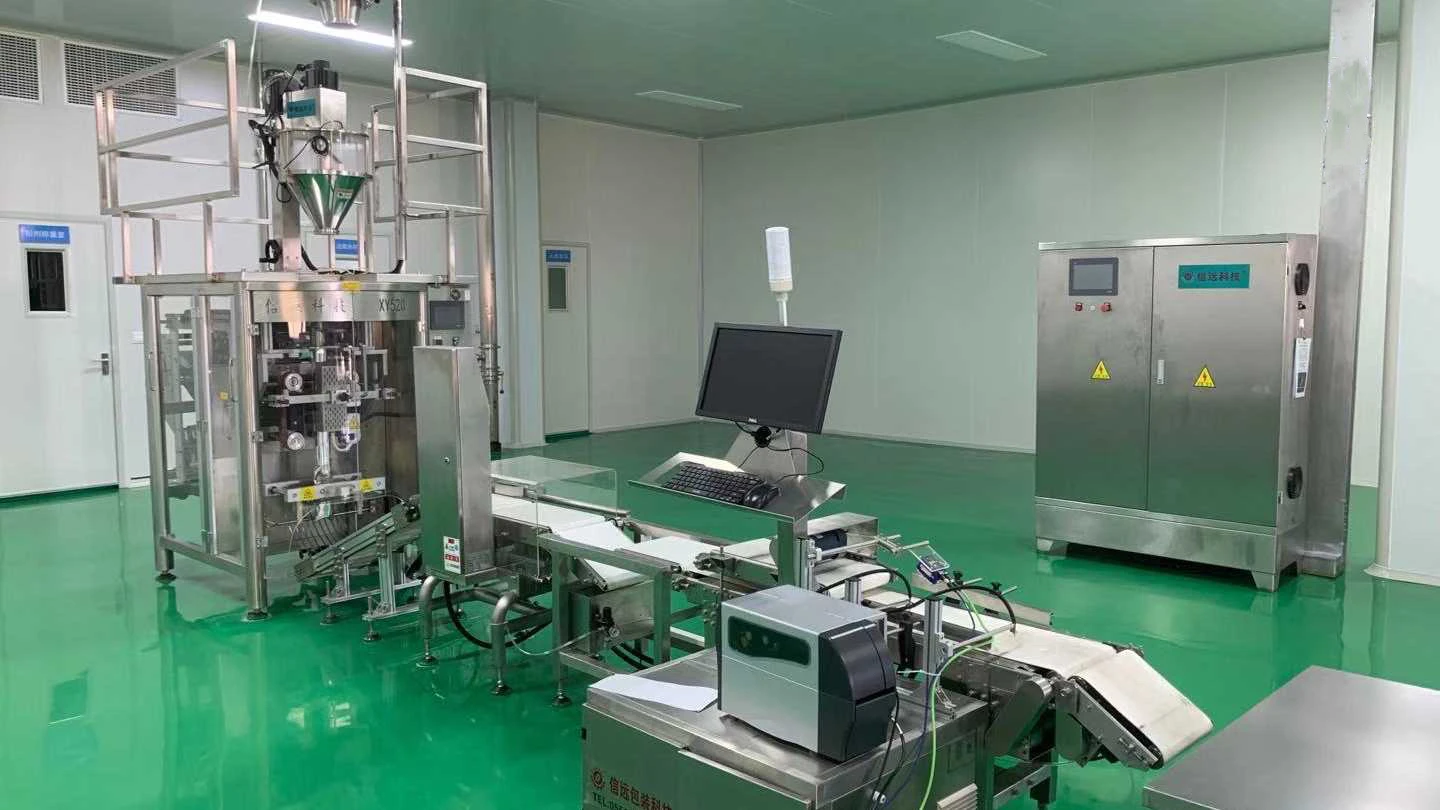- Afrikaans
- Albanian
- Amharic
- Arabic
- Armenian
- Azerbaijani
- Basque
- Belarusian
- Bengali
- Bosnian
- Bulgarian
- Catalan
- Cebuano
- Corsican
- Croatian
- Czech
- Danish
- Dutch
- English
- Esperanto
- Estonian
- Finnish
- French
- Frisian
- Galician
- Georgian
- German
- Greek
- Gujarati
- Haitian Creole
- hausa
- hawaiian
- Hebrew
- Hindi
- Miao
- Hungarian
- Icelandic
- igbo
- Indonesian
- irish
- Italian
- Japanese
- Javanese
- Kannada
- kazakh
- Khmer
- Rwandese
- Korean
- Kurdish
- Kyrgyz
- Lao
- Latin
- Latvian
- Lithuanian
- Luxembourgish
- Macedonian
- Malgashi
- Malay
- Malayalam
- Maltese
- Maori
- Marathi
- Mongolian
- Myanmar
- Nepali
- Norwegian
- Norwegian
- Occitan
- Pashto
- Persian
- Polish
- Portuguese
- Punjabi
- Romanian
- Russian
- Samoan
- Scottish Gaelic
- Serbian
- Sesotho
- Shona
- Sindhi
- Sinhala
- Slovak
- Slovenian
- Somali
- Spanish
- Sundanese
- Swahili
- Swedish
- Tagalog
- Tajik
- Tamil
- Tatar
- Telugu
- Thai
- Turkish
- Turkmen
- Ukrainian
- Urdu
- Uighur
- Uzbek
- Vietnamese
- Welsh
- Bantu
- Yiddish
- Yoruba
- Zulu
Dùbh . 06, 2024 20:20 Back to list
amoxicillin injection veterinary
Amoxicillin Injection in Veterinary Medicine An Overview
Amoxicillin is a widely used antibiotic in veterinary medicine, known for its effectiveness against a broad spectrum of bacterial infections in animals. This penicillin derivative is characterized by its potency and relative safety, making it a popular choice among veterinarians for both small and large animals.
Mechanism of Action
Amoxicillin works by inhibiting bacterial cell wall synthesis, which is crucial for maintaining the structural integrity of bacterial cells. By blocking the enzyme transpeptidase, which is responsible for forming cross-links in the cell wall, amoxicillin compromises the bacteria's ability to maintain its shape. This ultimately leads to cell lysis and death. Its effectiveness spans various Gram-positive and some Gram-negative bacteria, making it a versatile option for treating infections.
Indications
In veterinary practice, amoxicillin injection is primarily indicated for the treatment of infections caused by susceptible bacteria. These include respiratory infections, urinary tract infections, skin infections, and gastrointestinal infections. Common conditions treated with amoxicillin include pneumonia, pyodermas, and abscesses in animals such as dogs and cats. In large animal medicine, it is frequently used to treat infections in livestock, including cattle and swine.
Administration and Dosage
amoxicillin injection veterinary

Amoxicillin injections are typically administered intramuscularly or intravenously, depending on the severity of the infection and the species being treated. The dosage varies based on the animal's weight, age, and overall health. It is essential for veterinarians to follow the recommended dosing guidelines to avoid underdosing or overdosing the patient. In most cases, treatment continues for several days after clinical signs have resolved to ensure complete eradication of the infection.
Safety and Side Effects
Amoxicillin is generally considered safe for use in most animal species, but adverse reactions can occur. Possible side effects include gastrointestinal disturbances such as diarrhea, vomiting, and loss of appetite. In rare cases, hypersensitivity reactions may occur, leading to symptoms like skin rashes or anaphylaxis. Veterinarians must be vigilant in assessing a pet's medical history for any past reactions to penicillins or other beta-lactam antibiotics before prescribing amoxicillin.
Resistance and Considerations
Antibiotic resistance is a growing concern in both human and veterinary medicine. The misuse and overuse of antibiotics have led to the emergence of resistant bacterial strains, making it essential for veterinarians to be judicious in their prescriptions. Performing bacterial cultures and sensitivity testing can help ensure that amoxicillin is the appropriate choice for the infection being treated. Furthermore, it is crucial to adhere to withdrawal times in food-producing animals to prevent antibiotic residues in meat and milk, ensuring consumer safety.
Conclusion
In summary, amoxicillin injection is a valuable tool in the arsenal of veterinary medicine, providing effective treatment for a variety of bacterial infections in animals. Its broad spectrum of action and relative safety make it a go-to option for many clinicians. However, responsible use is imperative to combat the rising tide of antibiotic resistance and to safeguard animal health. With ongoing research and careful management, amoxicillin will continue to play a vital role in veterinary therapeutics for years to come.
-
Guide to Oxytetracycline Injection
NewsMar.27,2025
-
Guide to Colistin Sulphate
NewsMar.27,2025
-
Gentamicin Sulfate: Uses, Price, And Key Information
NewsMar.27,2025
-
Enrofloxacin Injection: Uses, Price, And Supplier Information
NewsMar.27,2025
-
Dexamethasone Sodium Phosphate Injection: Uses, Price, And Key Information
NewsMar.27,2025
-
Albendazole Tablet: Uses, Dosage, Cost, And Key Information
NewsMar.27,2025













